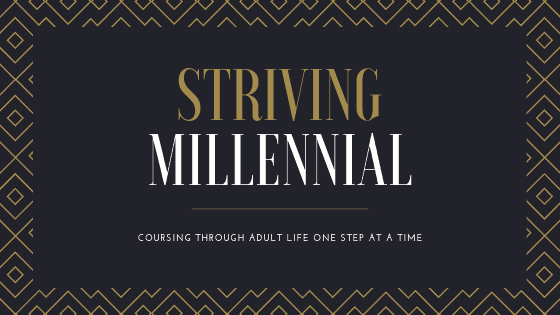
Having successful passive income revenue streams is important for freelancers. Passive freelancing income allows you to increase earnings over time. It also reduces your workload. If you’re wondering how you can establish passive income revenue streams, this guest post from Free Lance Now will share what you need to know.
What Are Passive Income Revenue Streams?
Here’s a great passive income stream definition: “Passive income is a cash stream that requires little or no daily effort to maintain.” Passive income usually requires an upfront investment of time and energy. After the initial push, a project offers long-term income with little or no effort.
One prime example of a passive income revenue stream is a self-published e-book. First, you need to spend time creating and editing the book. Once it’s written and listed for sale on a suitable platform, you begin generating profits. Subsequent earnings occur without any additional investment, creating passive income.
Passive Income Revenue Streams for Freelancers
There are several solid ways to create passive revenue streams as a freelancer. Some are projects you can take on yourself without needing a client. Other projects include the use of royalty-style arrangements. These may require clients or partnerships with other businesses.
Here are some of the most popular passive income revenue streams for freelancers
- E-books
- Stock photography
- Online courses
- Video tutorials
- WordPress themes
- Content templates
All of the examples above require an upfront investment of time, energy, and resources. However, once you establish the project, income generation is primarily passive.
In some cases, affiliate marketing qualifies as a passive income revenue stream. Once an affiliate link is in place, you can generate income indefinitely. The same goes for ads placed on a freelance blog, as the ads lead to income as long as the website is operational.
Finding Freelancing Opportunities That Can Lead to Passive Revenue
Freelancing opportunities that lead to passive revenue are on a spectrum. They range from personal projects to more traditional, professional freelancer arrangements. Most passive income revenue streams are more personal than professional. Usually, you’ll create what you want to sell and then make it available on a suitable platform.
Examples include:
- Self-publishing an e-book on Amazon
- Listing a course on Udemy
- Uploading stock photographs to sites like Shutterstock
Once your listing is live on the platform, consumers can purchase it. You generate income without additional effort. Keep in mind that client-based freelancing opportunities may also lead to passive income. Typically, this occurs if you have a royalty-style arrangement with the client. For example, you might complete a project and receive a percentage of the generated revenue in perpetuity.
If you’re looking for work from clients, using freelancer sites like Upwork or Fiverr may be your best bet. Most opportunities you’ll find are flat-fee or hourly, so income streams may not be passive. Still, options may be available, so it’s worth exploring the sites to see what you can find.
Turning Your Activities into a Full-Fledged Business
Many freelancers initially start as sole proprietorships. When it comes to passive income, turning your work into a full-fledged business is wise. You can create a degree of separation between your personal and professional lives.
When you’re choosing a business structure, you want to look at the pros and cons of every option. If you’re considering a corporation, benefits include:
- Protecting your personal assets
- Having easier access to capital
- Having international recognition
But there are also drawbacks, including:
- Double taxation
- More complex bookkeeping
- Needing to follow strict business management rules
While weighing the pros and cons of every option could take a little time, it’s worth doing. In the end, you’ll find a business structure that best meets your needs, ensuring you choose the ideal path for your company.
Find this article helpful? Do you also have some tips to share? Any experiences or lessons in life that you think can help others? Be a contributor at Striving Millennial and let your voice be heard! Feel free to reach us through our contact page. You can also follow Striving Millennial on Facebook, Twitter, Instagram, and Pinterest for other posts and updates.
About the author: A few years ago, burned out and miserable from his job in corporate marketing, Lance Cody-Valdez decided it was time to invest in himself. He quit his job the following day and used his meager savings to stay afloat as he built a career as a freelance writer and content marketer. He created free-lance-now.com to help others use freelancing to escape the 9 to 5 daily grind.




